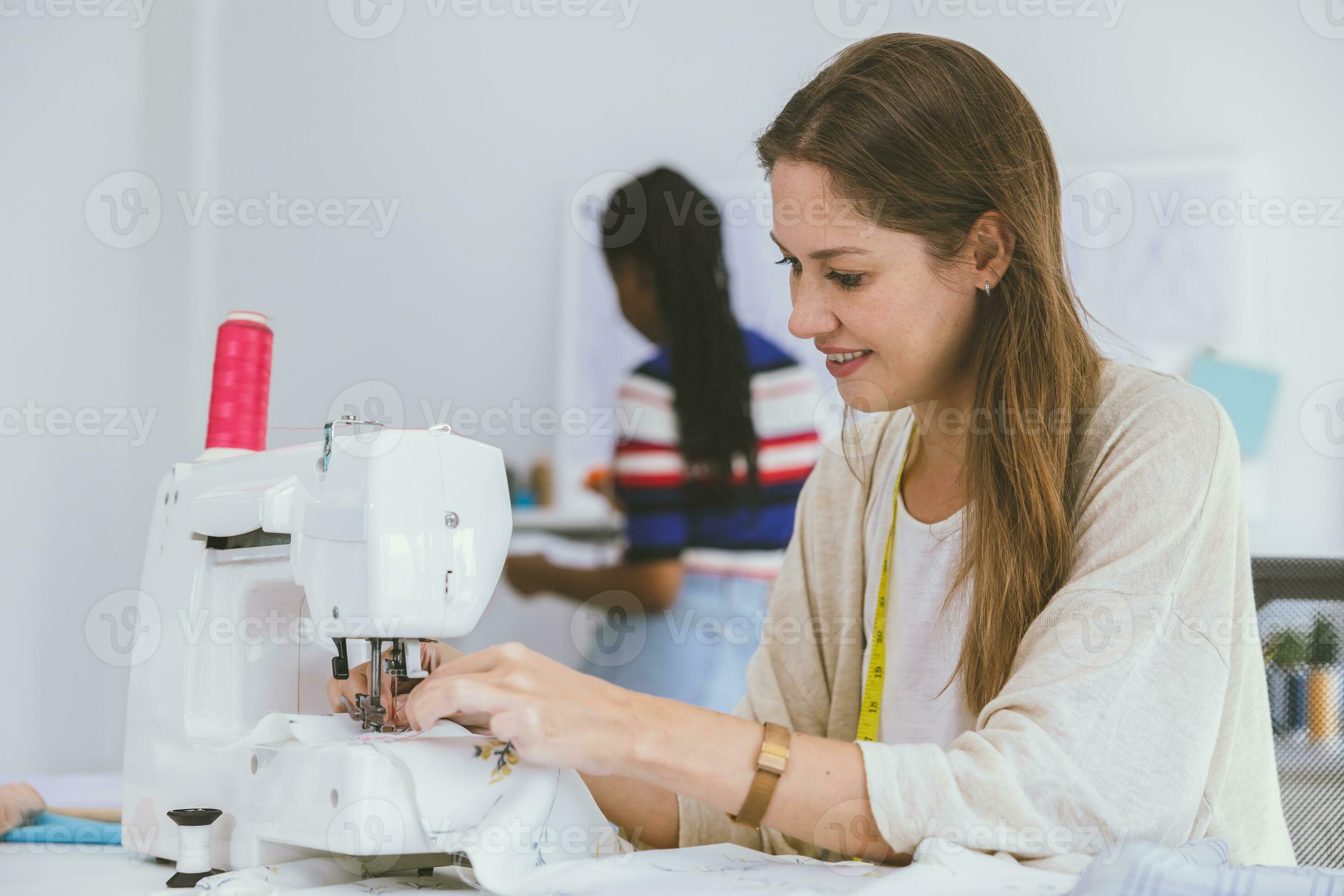Tailor Perth Professionals: Raise Your Fashion with Custom Tailoring
Tailor Perth Professionals: Raise Your Fashion with Custom Tailoring
Blog Article
Recognizing the Tailoring Refine: From Textile Option to Last Suitable for the Suitable Wardrobe
The tailoring procedure is a complicated interplay of art and science, starting with the critical decision of fabric selection and finishing in the exact modifications of last installations. Each material type brings one-of-a-kind top qualities that affect not just the visual charm but also the garment's long life and viability for numerous events. Comprehending the nuances of customizing methods can boost one's wardrobe to unprecedented degrees of class. As we explore these elements further, one have to think about how also the tiniest information can substantially impact the total result of one's individual design.
Significance of Textile Selection
Selecting the appropriate textile is critical in the customizing procedure, as it directly influences the convenience, resilience, and general visual of the last garment (tailor perth). The selection of fabric establishes the structure for the garment's style, performance, and efficiency. Various fabrics possess distinct buildings, such as weight, breathability, and stretch, which can considerably impact exactly how the garment drapes and fits the body
Additionally, material option influences the garment's longevity and ease of treatment. High-quality fabrics can endure damage, preserving their appearance and structure over time, while lower-quality products might cause pilling or fading. Additionally, the best fabric adds to the garment's capacity to change across periods and events, thus improving adaptability.
A tailored item made from an ideal material not only showcases craftsmanship but also boosts the wearer's self-confidence. Recognizing the nuances of fabric option is vital for any kind of tailoring endeavor. It makes certain that the final item not just satisfies the aesthetic needs of the client yet also aligns with useful demands, thereby accomplishing a harmonious equilibrium in between type and function in the customized closet.
Sorts Of Fabrics and Their Usages
Comprehending the various kinds of fabrics offered is vital for making notified decisions throughout the tailoring process. Each textile possesses one-of-a-kind characteristics that determine its suitability for specific garments and celebrations.
Cotton, known for its breathability and softness, is suitable for sportswear and summer season garments. Its convenience permits it to be customized into whatever from tee shirts to gowns. Woollen, on the other hand, is preferred for its heat and structure, making it an exceptional selection for formal matches and outerwear - tailor perth. Its natural elasticity assists garments keep form over time.
Silk shows high-end and is light-weight, making it excellent for eveningwear and fragile shirts; nonetheless, it requires cautious handling as a result of its delicacy. Bed linen, with its distinctive coating, is a preferred selection for warm climates, providing a crisp and airy feel, yet it wrinkles conveniently, which may affect the garment's appearance.
Synthetic textiles, such as polyester and nylon, offer sturdiness and resistance to wrinkles, making them appropriate for daily wear and active clothes. Comprehending these fabric types and their buildings enables much better decision-making, making certain that each customized item not only fits well yet additionally straightens with the desired function and event.
The Tailoring Techniques Clarified
The art of customizing depends on a range of techniques that change textile into well-fitted garments. Central to this procedure is pattern composing, where a tailor produces themes based on the client's dimensions and preferred style. This initial action ensures that the garment will fit the user correctly before any kind of cutting happens.
When patterns are established, reducing techniques enter play. Accuracy is vital as mistakes can bring about misfitting garments. Tailors frequently make use of different reducing techniques, such as single-layer cutting for complex designs and multiple-layer reducing for performance on conventional patterns.
Basting is another necessary method, permitting dressmakers to briefly sew material assemble for an initial installation. This technique offers the chance to assess the drape and general shape prior to final stitching.
Seaming strategies, including french seams and flat-felled joints, boost the garment's toughness and aesthetic charm. Tailors additionally use techniques such as interfacing and cushioning to provide structure and form to details locations, like collars and shoulders.
Finally, ending up techniques, including hemming and side completing, make sure the garment's durability while giving a sleek appearance. Together, these strategies form the foundation of effective customizing, causing splendid, custom-fit apparel.
Fitting Changes and Factors To Consider

Trick factors to consider include the shoulder fit, which ought to neither droop neither limit motion, and the sleeve length, which should enable comfy arm motion while maintaining a polished appearance. In addition, modifications at the waistline can improve the silhouette, with options to allow out or absorb fabric as required.
The increase of trousers is an additional critical variable; it needs to rest conveniently over the hips without triggering pain, permitting ease of activity. Hemming lengths for both trousers and skirts ought to reflect the user's favored style while valuing proportions.

Maintaining Your Tailored Clothes
Correct upkeep of customized garments is look at this website necessary to preserving their fit and appearance over time. To guarantee longevity, regular cleaning is vital. Constantly adhere to the treatment tag guidelines, which might advise completely dry cleaning for delicate textiles or equipment cleaning for even more long lasting products. Stay clear look at this web-site of constant laundering, as this can put on down the textile and change the garment's shape.
Storage is equally crucial; use padded wall mounts for layers and coats to maintain shoulder structure, and shop pants folded nicely or hung to avoid creasing. Secure garments from direct sunlight, which can fade shades and damage fibers.
Additionally, routine assessments for small repairs can protect against larger issues. Examine for loose buttons, tearing joints, or indications of moth damage, dealing with these troubles promptly to keep the garment's integrity.
Last but not least, take into consideration seasonal turning. Wearing customized pieces in small amounts allows fabrics to recover, expanding their life expectancy. By executing these upkeep strategies, you can ensure that your customized garments continue to be as excellent as the day you first wore them, boosting your ideal closet for many years ahead.
Conclusion
The customizing process, additional hints including fabric option, competent strategies, and accurate suitable changes, plays an important role in producing garments that enhance both comfort and design. Each phase contributes to the general performance of the final item, ensuring that clothes not just fits well yet also shows specific identity. Additionally, recognizing the importance of maintenance prolongs the life of customized garments, strengthening their worth in a well-curated wardrobe. A thorough approach to tailoring culminates in a polished and positive look.
Selecting the best material is critical in the customizing procedure, as it directly influences the convenience, resilience, and general aesthetic of the final garment. The selection of textile establishes the foundation for the garment's style, efficiency, and performance. Various materials possess one-of-a-kind residential or commercial properties, such as breathability, stretch, and weight, which can considerably affect exactly how the garment drapes and fits the body.
The art of tailoring counts on a variety of methods that transform material right into well-fitted garments.The tailoring procedure, including fabric selection, skilled strategies, and accurate suitable modifications, plays a crucial role in developing garments that improve both convenience and style.
Report this page